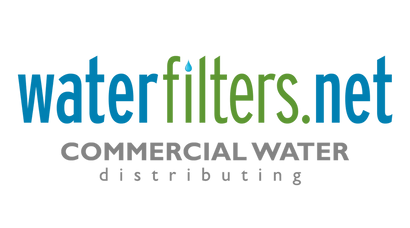Menu

Your Cart is Empty

TIER1-UP-1054-GACC
Specifically designed to be effective at filtering chloramines from your water.
NSF 61 Certified and Prop. 65 compliant Coconut Shell Catalytic Carbon media lasts 900,000 gallons or around 8-9 years.
Filtration for all your needs catayltic carbon filter everything GAC filters, & more.
Maintenance free system comes pre-assembled & pre-filled with carbon for easy DIY installation.
Prop65 warning applies to products that contain carbon media. Click here for more details
WARNING: This product can expose you to chemicals including arsenic, which is known to the State of California to cause cancer and birth defects, or other reproductive harm. For more information go to www.p65warnings.ca.gov
Chloramine Protection - Does your city use chloramine disinfection? Standard carbon filters are not effective at reducing chloramines. The Tier1 Chloramine Filter uses advanced catalytic carbon specifically designed for chloramine reduction.
Reduce Your Exposure - Filtration for all your needs. Clean water from every tap, for drinking, cooking, showering & bathing. System reduces Chloramines, Chlorine, Hydrogen Sulfide, VOCs, THMs, Chemicals, & improves the taste and odor of your water.
Reliable & Long Lasting - NSF 61 Certified and Prop. 65 compliant Coconut Shell Catalytic Carbon media lasts 900,000 gallons for chlorine and 450,000 gallons for chloramines or around 8-9 years. (Catalytic Carbon filters will not reduce TDS or soften water.)
Cost-Effective & Efficient - Get filtered water for a fraction of a penny per gallon. Save money and eliminate plastic waste from bottled water. System does not produce any waste-water from backwashing or drainage.
Easy DIY Installation - System comes assembled & pre-filled with carbon. Adjustable 1 inch NPT fittings, makes connecting to existing plumbing a breeze. May require additional tools and components based on your home's specific plumbing.
More and more cities are switching away from regular chlorine disinfection and starting to use chloramines instead. This poses a challenge for home owners because standard carbon filtration is not very effective at filtering chloramines. Catalytic carbon is specifically designed for efficient chloramine filtration so no matter what disinfection chemicals your city uses you can have clean filtered water with no unwanted chemicals.
Catalytic carbon is surface modified which allows it to also reduce Hydrogen Sulfide and Hydrogen Peroxide in addition to filtering all of the same contaminants that you're used to from regular activated carbon filters. Tier1 uses carbon that is Prop. 65 compliant for drinking water applications, certified to ANSI/NSF Standard 61, and meets AWWA Standard B-604. In properly designed systems this carbon will effectively remove chloramines, hydrogen sulfides, hydrogen peroxides, unwanted taste and orders, chlorine, TCE, PCE, THM's, Phenols, pesticides, herbicides, detergents and more.
Upflow systems are extremely reliable and low maintenance, because the system uses a simple In/Out head and there are no moving parts to break. As long as incoming water is kept within the system parameters the filter will function until media exhaustion, at which time the media can be replaced without having to throw away the system. Replacement media costs a fraction of the price of a new system making upflow systems even more cost effective in the long run.
Customer Reviews